Peter Dutton’s recent statement blaming the Labor government for the closure of 29,000 businesses has sparked a heated debate across Australia. But is it as simple as pointing fingers at political parties?
Insolvency Rates and Government Support
Experts suggest that the surge in business closures may be somewhat exaggerated due to the lifeline provided by government support during the pandemic. Programs like jobkeeper and investment incentives played a crucial role in keeping many businesses afloat during challenging times.
The Chief Executive of the Australian Restructuring Insolvency & Turnaround Association, John Winter, mentioned that these support programs created a significant decrease in insolvencies initially. However, as these aids tapered off, some struggling businesses faced inevitable shutdowns.
Pre-Pandemic Comparison and Economic Shifts
An analysis conducted by Guardian Australia reveals that the current insolvency rate is not drastically different from what was observed under the pre-pandemic Coalition government. The fluctuating economy post-pandemic has introduced new hurdles such as inflationary pressures and shifts in consumer behavior due to remote working setups.
From construction companies to hospitality firms, various sectors have been significantly impacted by closures. The landscape of business operations has undergone rapid changes with evolving customer demands and economic uncertainties.
In light of recent statistics showing an average of nearly 10,000 businesses collapsing each year since June 2022, it’s evident that multiple factors are contributing to this wave of closures.
The Impact of Inflation and Interest Rates
The sudden surge in inflation rates followed by increased interest rates has added another layer of complexity for small businesses. Rising costs coupled with reduced household spending power have created challenges on both ends – limiting customer expenditures while squeezing profit margins for businesses.
Economists like Maurice Tapang emphasize how industries like construction have borne the brunt of these economic shifts. However, there remains optimism that stabilizing interest rates could potentially alleviate some financial strains on struggling businesses moving forward.
Challenges Beyond Government Policies
Interestingly, not all obstacles faced by small businesses can be attributed solely to governmental policies or economic fluctuations. The shift towards remote work culture has altered consumer behaviors noticeably – impacting industries like cafes where foot traffic plays a critical role.
Cafe owners like Prakash Pun Magar from Sydney reflect on how reduced office footfall and increased home brewing practices have affected their bottom line. Despite grappling with rising operational costs and reduced profits, business owners like Magar remain resilient in navigating through turbulent times with hopes for brighter days ahead.
As Australia continues to witness shifts in its business landscape amidst ongoing economic transformations post-pandemic, it becomes essential for stakeholders to adapt swiftly and strategically to navigate through these challenging times.


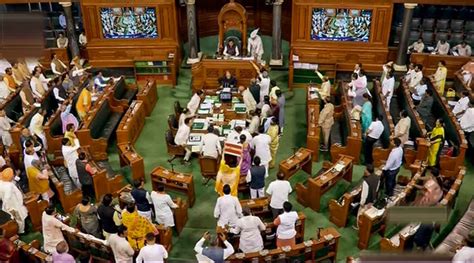
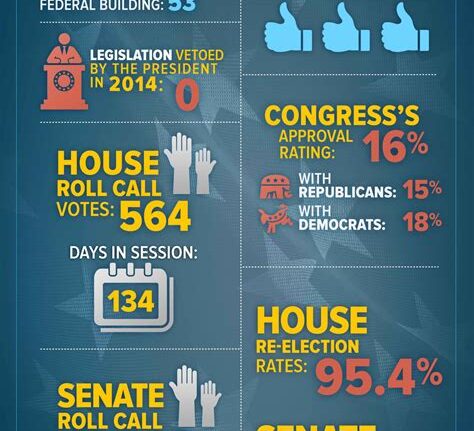
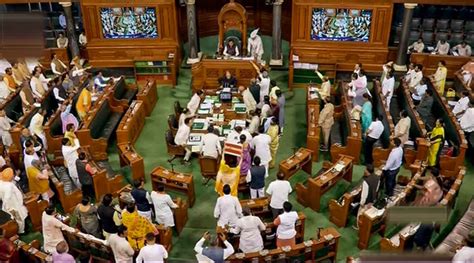
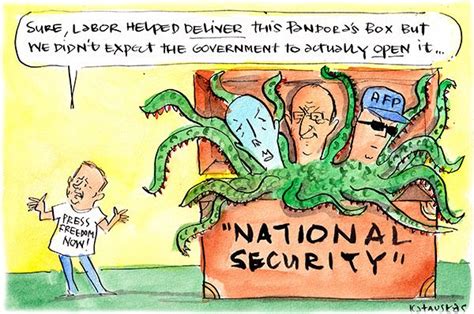
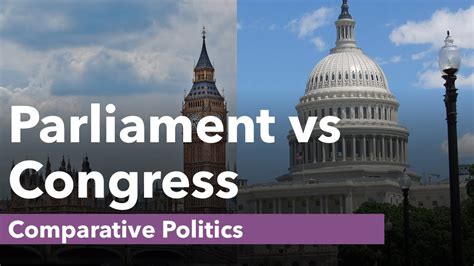
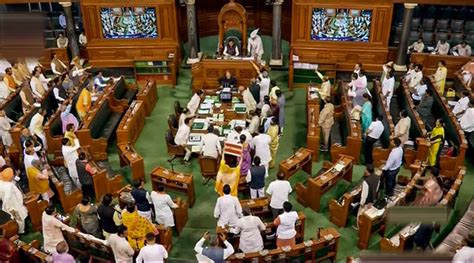
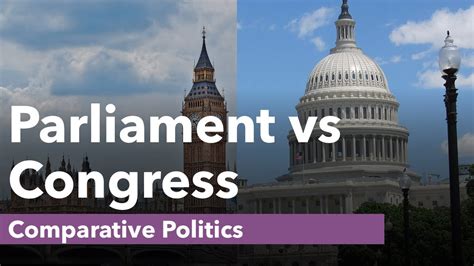
Leave feedback about this